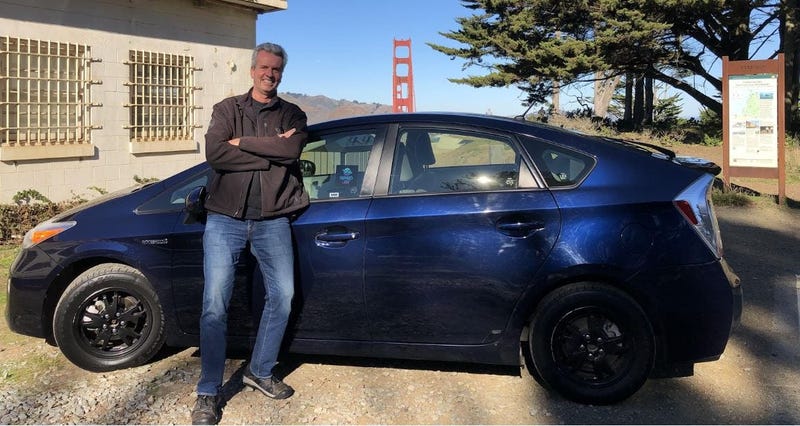
A driver who's ferried passengers throughout the Bay Area as an Uber, Lyft and taxi cab driver feels that his chance of making a decent living is drying up no matter which service he offers.
"There's no future in this work," said Jay Cradeur, who's logged 23,000 trips for the ride-hailing companies. He recently experimented with getting behind the wheel of a traditional taxi and described his experience on "The Rideshare Guy" blog.
Although he made some surprising discoveries about the differences of passenger behavior in cabs compared to those who get picked up with an app, he's going to stick with Uber and Lyft for now. The math just makes sense.
"I've really studied it. I've got it down to a science. I can work 50 hours a week and make $2,000, so that's $40 an hour," said Cradeur.
However, if and when Uber and Lyft become publicly traded companies, he thinks many of the financial incentives will vanish.
A taxi driver can't make up the difference from the bonuses offered,by those companies he said to KCBS Radio.
"I just didn't make as much money. It was comparable, but with Uber and Lyft they offer all these bonuses here in San Francisco because there's always a shortage of drivers," said Cradeur. "They offer these bonuses to buy our loyalty."
To test if Uber and Lyft were the more lucrative option for drivers, he briefly drove for Flywheel. Cradeur found that passengers of that taxi service were more likely to make conversation than look at their phones, and more appreciative of his skills. Plus, Flywheel riders were more generous.
"We get bigger tips. Almost everybody tipped me as a taxi driver, whereas with Uber and Lyft maybe 20 to 30 percent of the passengers actually tip."
